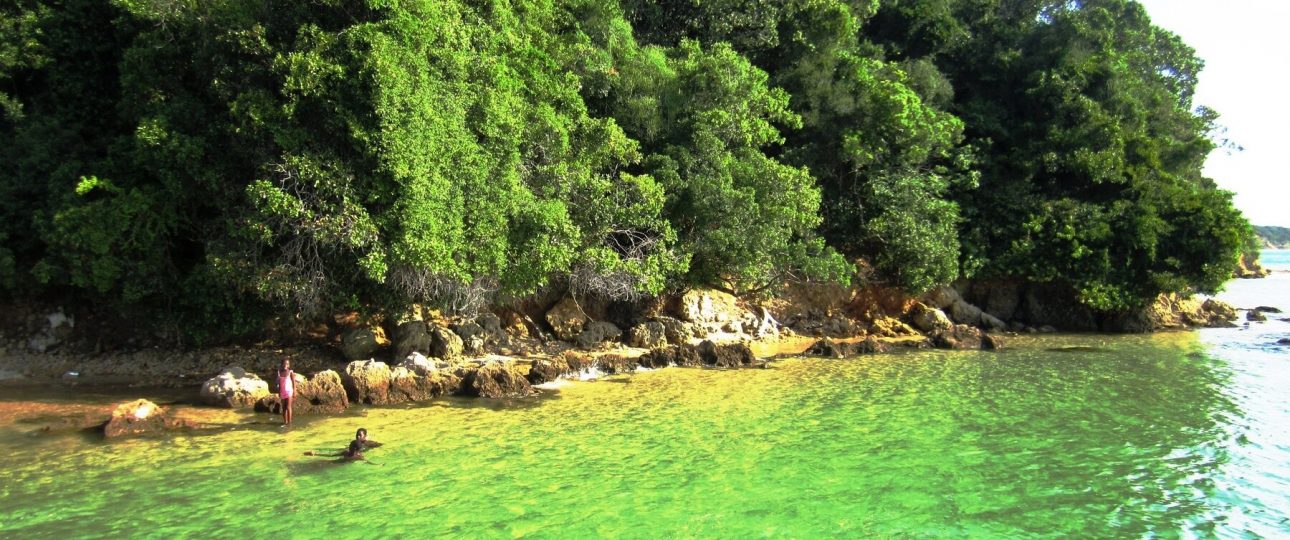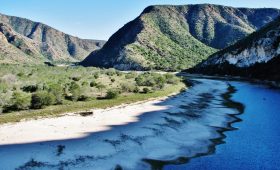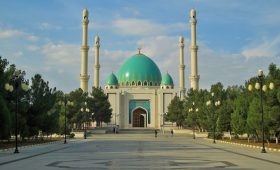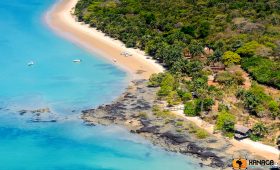Discover Inhaca Island, Mozambique
Getting There
Reaching Inhaca Island involves a bit of planning but is well worth the effort. Fly into Maputo, Mozambique’s capital, and from there, you have two main options: a boat ride or a helicopter flight. The boat offers a more leisurely approach, while the helicopter provides stunning aerial views of the island and surrounding ocean.
Best Time to Visit
The ideal time to explore Inhaca Island is during the dry season, from May to October. This period offers pleasant weather for outdoor activities like snorkeling, diving, and hiking. July and August are peak months, so booking accommodations in advance is wise.
Exploring the Island
1. Beaches
Inhaca Island’s beaches are a highlight, with clear turquoise waters and soft sands. Whether you’re sunbathing or snorkeling, the beaches provide a serene escape. Keep in mind that tides can expose extensive mudflats, particularly on the western and southern shores.
2. Coral Reefs
The island is surrounded by coral reefs, home to a variety of marine life, including king mackerel, barracuda, and even the occasional sea turtle. While the reefs are supposed to be protected, enforcement is lax, so be mindful of your impact when exploring these underwater ecosystems.
3. Nature Trails
For land-based adventures, Inhaca offers several nature trails through its diverse landscapes. From lush forests to grassy plains, the island is a haven for birdwatchers, with around 300 bird species, including the mangrove kingfisher and southern banded snake eagle.
Local Transportation
Getting around Inhaca Island is straightforward. Walking and biking are popular choices, allowing you to explore at your own pace. For a unique experience, consider renting a traditional dhow boat to sail along the coast.
Additional Insights
- Inhaca Island spans about 12 km north to south and 7 km east to west, with Mount Inhaca reaching 104 meters at its highest point.
- The island’s history includes British occupation from 1823 until 1875, primarily to control slave traffic.
- Ecotourism is a significant draw, with diverse flora and fauna, including endangered species like the leatherback turtle.
- While whale watching is not common due to rough seas and distant sightings, dolphins are frequently seen, especially the Indo-Pacific humpbacked dolphin.
- The island’s population is around 6,000, with several small villages contributing to its cultural tapestry.




